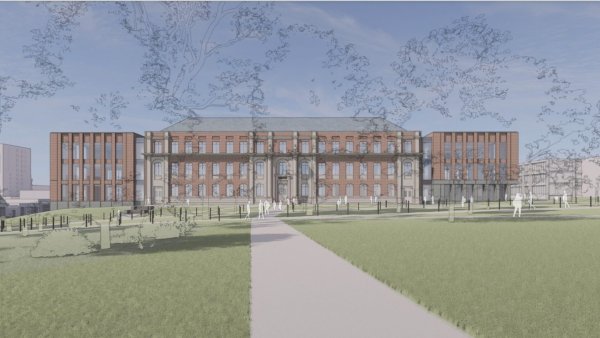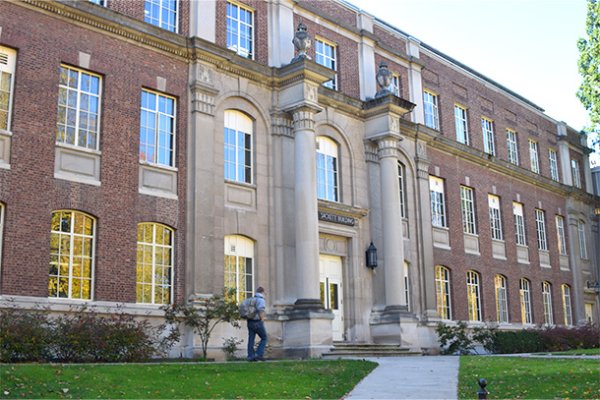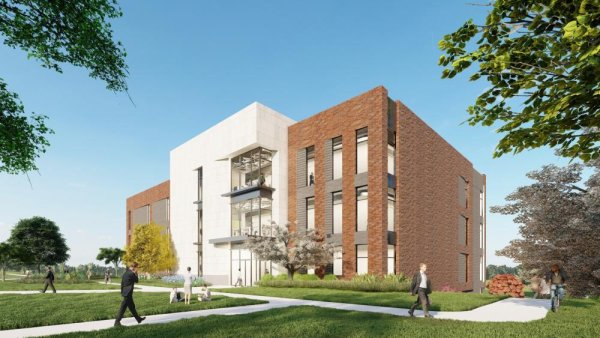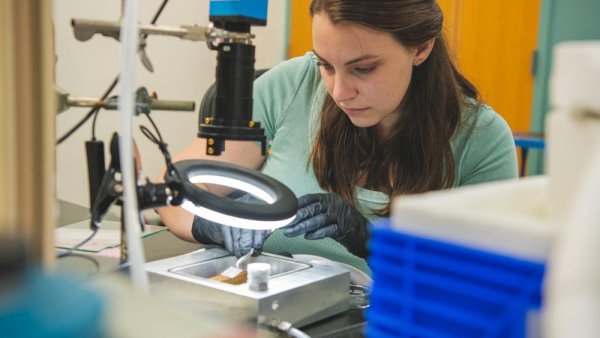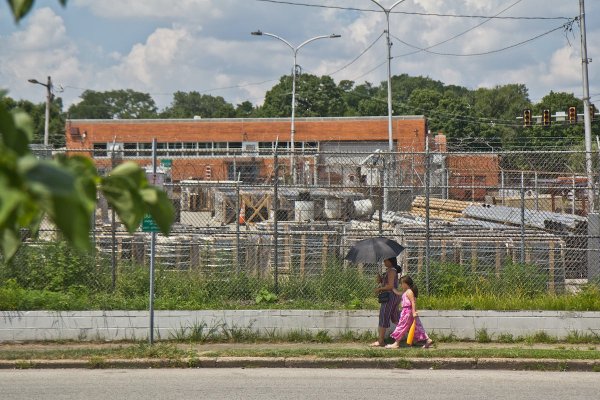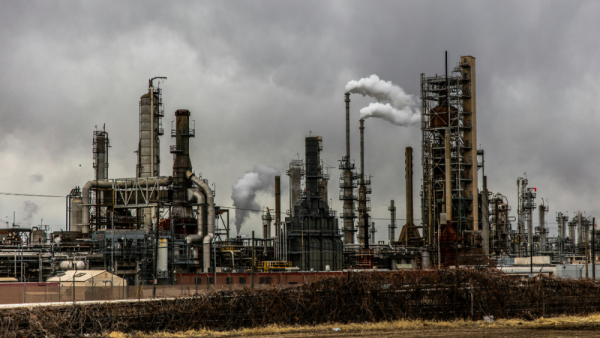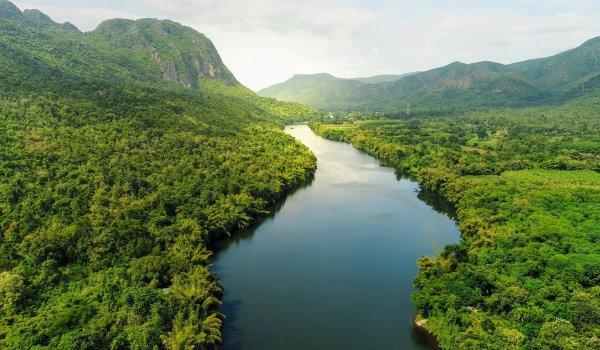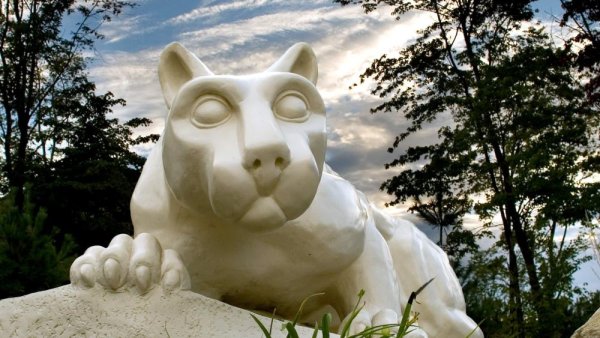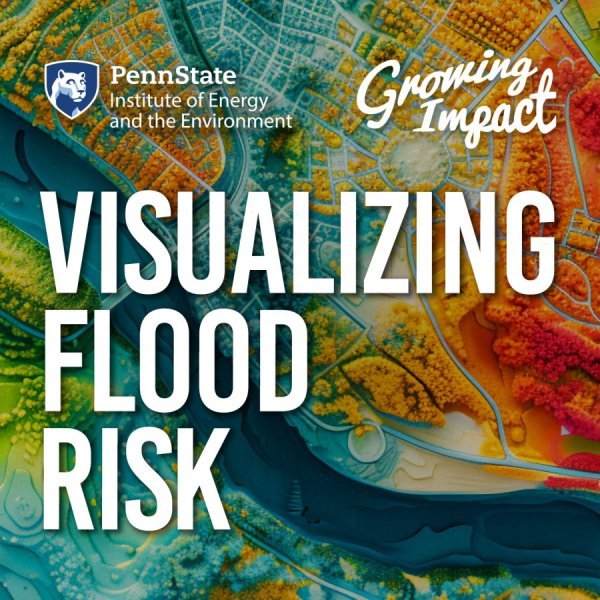Penn State Sustainable Labs Program kicks off third year with cohort of 21 labs
| psu.edu
Penn State's Sustainable Labs Program, now in its third year, is enhancing sustainability in research labs across the University. The program has expanded to multiple campuses with more than 70 labs and 600 researchers as part of current or past cohorts.
Construction Set to Begin on $89.9M Sackett Building Renovation, Additions at Penn State
| statecollege.com
Work on major renovations and additions to Penn State's historic Sackett Building is expected to begin this month, following approval by the Board of
Plan advances for additions, renovation to Sackett Building
| news.engr.psu.edu
The Penn State Board of Trustees Committee on Finance and Investment advanced a proposal today (Nov. 7) for renovations and additions to Sackett Building, which borders the southwest edge of Pattee Mall on the University Park campus.
Microplastics promote cloud formation, with likely effects on weather and climate
| theconversation.com
Clouds affect Earth’s weather and climate in many ways. New research suggests that the presence of microplastic particles could alter these processes. This article was written by Miriam Freedman, professor of chemistry and Heidi Busse, PhD student in chemistry.
Trustees support new Applied Research Laboratory facility at Innovation Park
| psu.edu
The Penn State Board of Trustees’ Finance and Investment Committee advanced a proposal on Nov. 7 to construct a new Applied Research Laboratory Building on the University Park campus.
Microplastics impact cloud formation, likely affecting weather and climate
| psu.edu
Scientists have spotted microplastics, tiny pieces of plastic smaller than 5 millimeters, in some of the most pristine environments on Earth, from the depths of the Mariana Trench to the snow on Mt. Everest to the mountaintop clouds of China and Japan. Microplastics have been detected in human brains, the bellies of sea turtles and the roots of plants. Now, new research led by Penn State scientists reveals that microplastics in the atmosphere could be affecting weather and climate.
The Philadelphia region remains under drought watch. Here’s what you need to know
| whyy.org
The Philadelphia area is facing record dry conditions. Meteorologists say months of rainfall is needed. This article and radio segment quotes Steven Seman, associate teaching professor of meteorology and atmospheric science.
Penn State delegation will head to Azerbaijan for UN's annual climate meeting
| psu.edu
Penn State will be sending its second delegation of students and faculty to COP29, the United Nations’ annual climate meeting, which will be held Baku, Azerbaijan, in November.
Public pressure influences whether companies reduce their environmental impact
| psu.edu
The effectiveness of national voluntary programs asking companies to pledge to lower their pollution and greenhouse gas emissions depends on pressure from the public, according to a new study led by a Penn State researcher.
Microplastics are steadily increasing in freshwater environments
| earth.com
As plastic pollution reaches alarming levels in ecosystems worldwide, a new study traces this crisis back to decades of industrial growth. Penn State research links rising freshwater microplastics to the global increase in plastic production since the 1950s.
Jason Guilbeault named assistant vice president for research post-awards
| psu.edu
Jason Guilbeault has been named assistant vice president for research, Post-Award Contractual Compliance, within Penn State’s newly created Office of Research Administration Services, effective Oct. 14.
$6.5 million grant advances Penn State Behrend's Project RESOLVE
| psu.edu
A $6.5 million state grant has positioned Penn State Behrend to begin construction of the Center for Manufacturing Competitiveness, an industry-facing research facility and the centerpiece of the college's Project RESOLVE.


